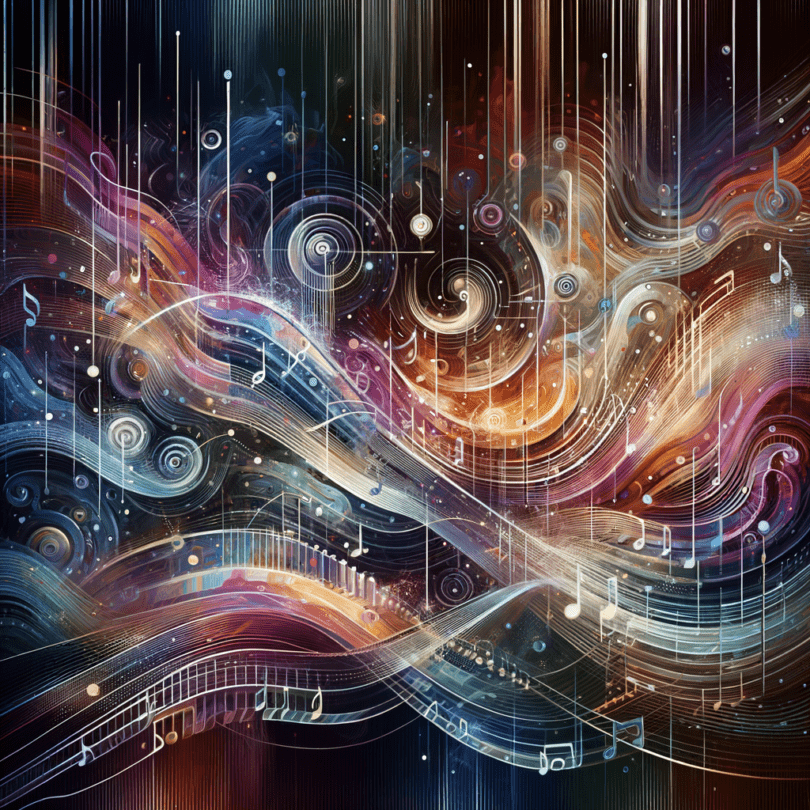The fascinating world of sound is a treasure trove of artistic expressions, where rhythm, melody, and sound design play pivotal roles in shaping our emotions. These elemental factors allow us to tap into an auditory landscape – a resonant territory where sensations, ideas, and candid feelings meet. This blog post will take you on an enlightening journey, exploring the emotional impact of rhythm, melody, and sound design, or the ‘Harmonic Echoes’.
Let’s embark on this melodic voyage by decoding the emotional essence of rhythm. Perhaps the most primal element of music, rhythm entrains our bodies and minds into a unified, synchronized engagement. It’s no surprise that we move instinctively to the beat of a drum, or our hearts pulse rhythmically with the music we’re listening to. Rhythm, in essence, communicates directly with our physiological framework. Different rhythmic patterns evoke diverse emotional responses – a fast, intense rhythm may signify suspense or excitement, while slow rhythms may stir emotions of calmness, sadness, or contemplation.
Moving on, let’s delve into the melody’s tranquil territory, which carries immense potential to trigger emotions. Melodies are like narratives – they tell a story, transcending the barriers of language. Major keys are often associated with happy, jubilant emotions while minor keys are synonymous with sadness, melancholy, or introspection. The magic lies in their ever-evolving nature, being able to reflect complex emotions and evolve within the story of a song. Melody is a potent carrier of emotion, conveying feelings that words often can’t capture.
Lastly, let’s explore the often-understated world of sound design. Think of it as the ‘dramaturgy’ of music. Sound design shapes our perception of the sound space. Through effects, amplifications, timbre changes, and rendering of acoustic and synthetic sounds, sound designers build unique auditory environments. This manipulation of sound elements can create a surreal experience, emphasizing certain emotions while toning down others; intensifying a moment of surprise or enhancing the subtlety of a peaceful passage.
In conclusion, each element – rhythm, melody, and sound design – delivers distinctive emotional impacts, transforming our auditory experiences into symphonies of feelings. It’s these ‘Harmonic Echoes’ that resonate within us long after the music ends. The emotional voyage these elements take us on is an incredible testament to the power of music and its universal resonance. So, the next time you find yourself swaying to a song, take a moment to delve deeper into the rhythm, the melody, and the sound design. You’ll unravel a new layer of emotional connection, enabling a deeper understanding, closer connection, and indeed, a richer interpretation of the music.

